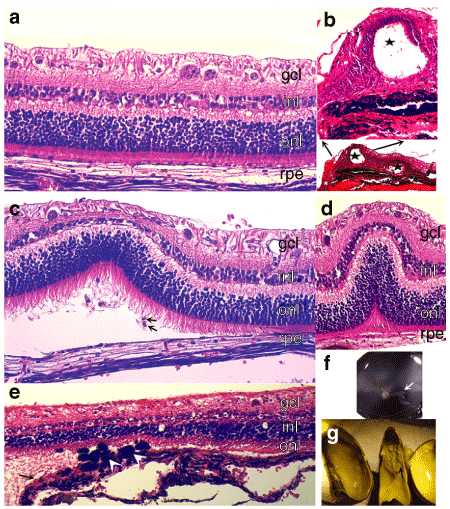Researchers isolate protective mechanism to save sight
 Washington, Nov 17 : Determining what triggers the death of retinal cells or photoreceptors could be the key to stopping blinding disorders caused by a wide range of eye diseases, says a new study.
Washington, Nov 17 : Determining what triggers the death of retinal cells or photoreceptors could be the key to stopping blinding disorders caused by a wide range of eye diseases, says a new study.
Caroline Zeiss, associate professor of comparative medicine and ophthalmology at Yale School of Medicine (YSM), and colleagues sought to identify a mechanism in photoreceptors that could be targeted to prolong their survival.
Using preserved animal and human retinal tissue, they studied different diseases that caused photoreceptor death such as age-related macular degeneration and retinal pigmentosa (RP).
People with macular degeneration gradually lose their central vision. They find it harder to see objects directly in front of them. RP is a rare, hereditary disease that causes the rod photoreceptors in the retina to gradually degenerate.
Zeiss and her team found that photoreceptors died from a variety of causes, but they had one common element-activation of a family of molecules called CREB1/ATF1.
It was unclear, however, whether CREB1/ATF1 contributed to photoreceptor loss, or was an attempt by photoreceptors to delay their death.
To differentiate between these two possibilities, the team examined CREB1/ATF1 in retinas treated with a drug known to preserve photoreceptors.
"Not only did we find that the drug activated the novel CREB1/ATF1 photoreceptor pathway, but we found that this activation was caused by stress," said Zeiss, according to an YSM release.
"This is the first time that any protective signal within photoreceptors has been identified across such a broad range of eye diseases," Zeiss added.
These findings were reported in the November issue of Investigative Ophthalmology and Visual Science. (IANS)